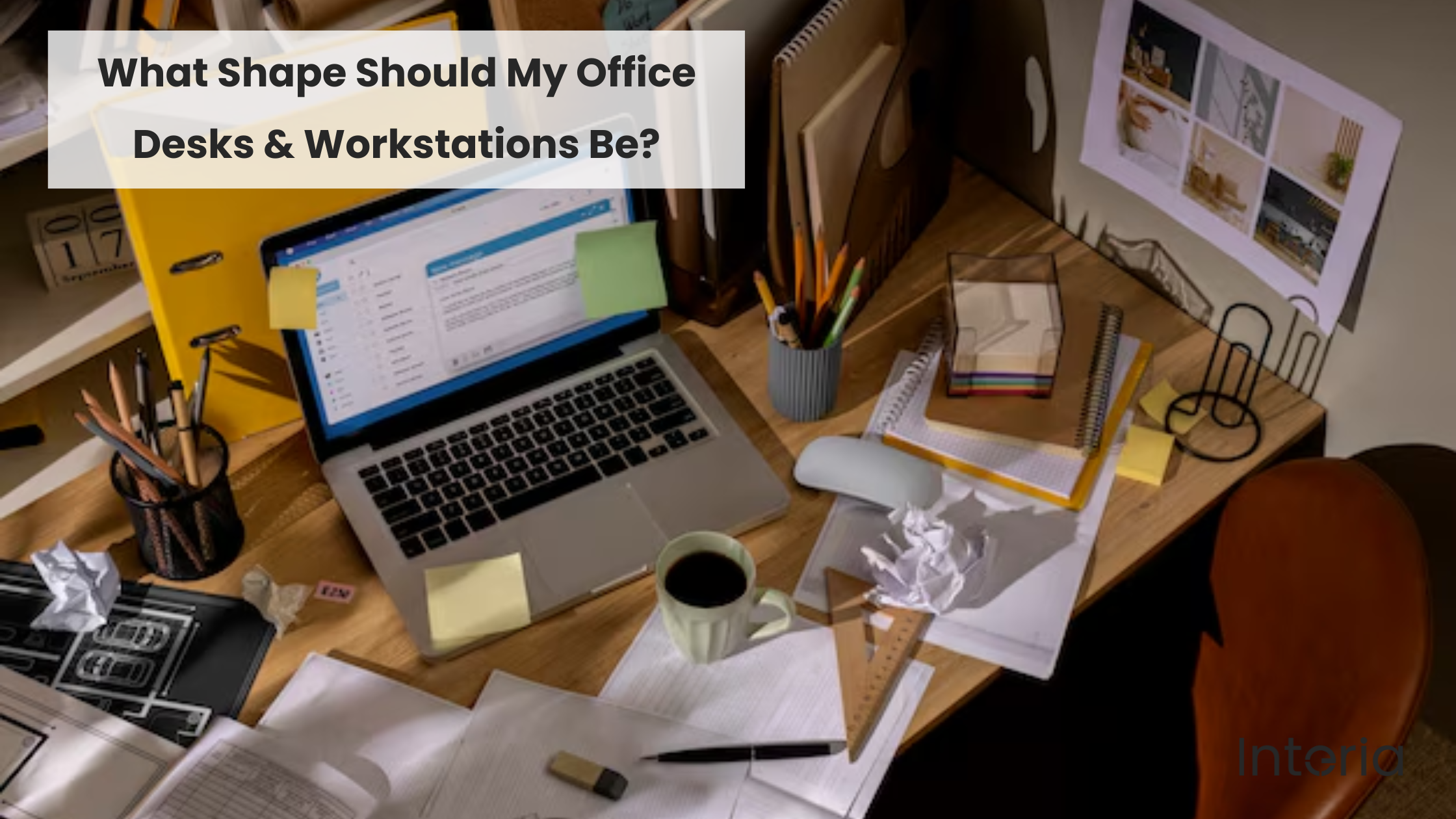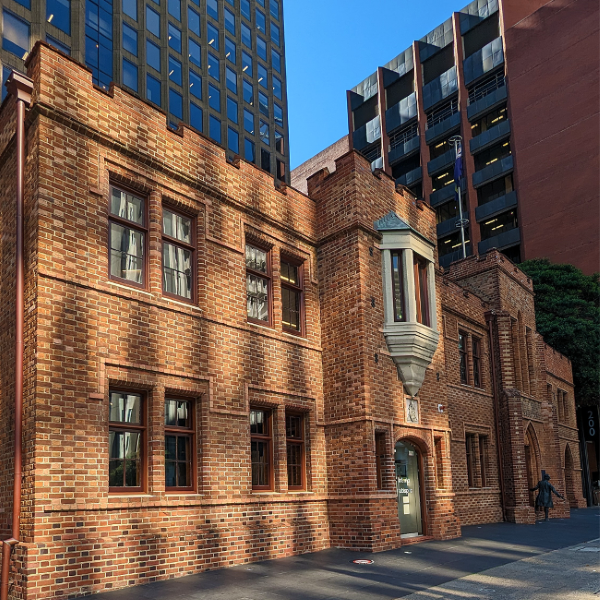
What Shape Should My Office Desks & Workstations Be?
Rectangular Office Desks
The rectangular or straight office desk may have workers sitting next to or opposite each other, or a straight desk can be attached to a spine of storage. This style of office -desk is very traditional and, with the advent of flat screen monitors, has emerged as very efficient in terms of space use.
Consider: This style is very space efficient and highly suited to touchdown desks or desks in rows.
Strengths/advantages: They provide a clean look, possibly enhance side-by-side collaboration work and are, good for circulation. Rectangular Desks are less space hungry than other workstation styles.
Possible limitations: Less side space or return capability in the configuration so may be less suited where more paper handling is involved, possibly offer less privacy than some other configurations – consider side to side screening where more privacy is sought, possibly suited as part of the mix for ABW or touch-down especially where less screened, office chairs may back out into a passage space which could cause a conflict.
Corner Workstation 90 degree
The 90 degree workstation or ‘L’ shaped workstation allows space for employees to spread their work and perform multiple tasks. This office workstation is also a traditional style e.g. set up computer in the corner and work surfaces on either side.
Consider: 90 degree corner configurations, along with linear arrangements, use space very efficiently while this arrangement also separates chairs from corridors more effectively than linear arrangements.
Strengths/advantages: This configuration is possibly more private and has a larger controlled zone for the occupant than with the Rectangular Desk. There may be more side space for papers, although this has the flip side of being less conducive to a clean desk policy.
Possible limitations: This configuration is possibly less conducive to collaboration than linear style units.
120 degree Workstation
The 120 degree workstation is a development of the 90 degree workstation to suit a central monitor position with working surfaces on either side.
Consider: This style may introduce some visual and physical variety to layout as it breaks free of a rectilinear/gridded approach – which may lack ‘vitality’ — but it may use more space.
Strengths/advantages: It may provide a more ‘open’ vital looking working environment with good privacy for individuals and easily accessed large desk areas.
Possible limitations: The area at the apex of the workstation may not be used as much as in previous years due to the slimmer style computers. This configuration may use space less efficiently than rectilinear arrangements and it may also be less conducive to collaboration than some other styles.
There is no inherent reason why a fit-out should be limited to a single workstation type. It is true that there may be economies in purchasing multiple units and there may be relocation advantages in a standard module, however, particularly in larger scale implementations, it may be advantageous to include a few different styles of workpoint to enliven the spaces and provide a range of options for users. This applies particularly in an ABW adoption.
This allows the fit-out to be flexible and yet also efficient.
We welcome personal contact so call +61 8 9359 1288 to speak with a consultant or email sales@interiasystems.com.au



